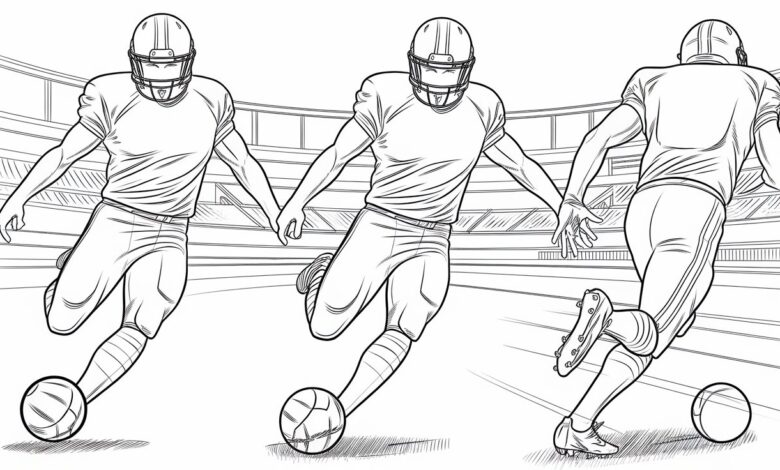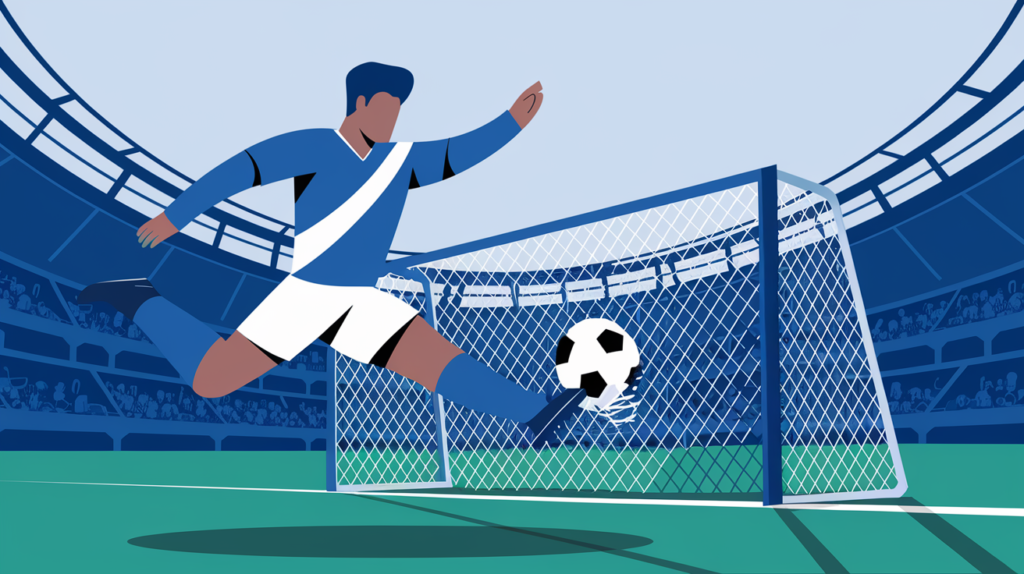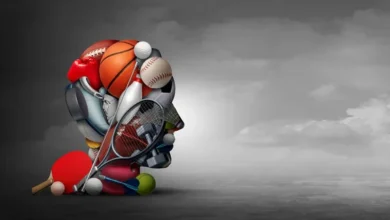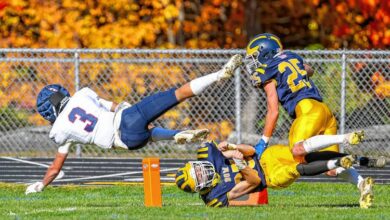How to Draw a Football Player: A Simple Step-by-Step Guide for Beginners

Figuring out how to draw a football player can be a tomfoolery and compensating experience! If you’ve ever wanted to create a cool picture of a football player in action, you’re in the right place. Whether you’re a beginner or just looking to improve your drawing skills, this easy guide will help you draw your very own football player step by step.
How to Draw a Football Player: Easy Steps for Beginners
If you’re excited to learn how to draw a football player, you’re in the right place! Drawing a football player can be an exciting challenge, but with some basic steps, you can easily create a fantastic image. This guide will help you get started with a simple, step-by-step approach.
Start by gathering your materials. You will need a pencil, eraser, and paper. Once you have everything ready, follow the easy steps below. By the end of this guide, you’ll be able to draw a football player that looks amazing, even if you’re just starting out!
What You Need to Know Before Drawing a Football Player

Before you start drawing, it’s helpful to know a few things. How to draw a football player involves understanding the basic shapes and proportions of the human body. It’s important to know that you don’t have to be perfect; just enjoy the process and practice!
- Basic shapes: Use circles and ovals to represent the head, body, and limbs.
- Proportions: A football player’s body is usually strong and muscular, so remember to show that in your drawing.
- Details matter: Football uniforms have lots of details like helmets, shoulder pads, and jerseys. Make sure to include them!
Sketching the Basic Shape of a Football Player
Now that you’re ready to start, it’s time to sketch the basic outline of your football player. Begin by drawing simple shapes to outline the body. Draw an oval for the head, a rectangle for the body, and lines for the arms and legs.
- Head and neck: Start with a circle for the head and draw a simple line down for the neck.
- Body: Use a long rectangle to create the torso and mark where the legs and arms will go.
- Limbs: For the arms and legs, use straight lines with small ovals for the joints.
This rough sketch will give you a good starting point. Once you’re happy with the basic shapes, you can move on to adding details!
How to Draw Football Player Movements and Poses

When drawing a football player, it’s important to show them in action. Football is a dynamic sport, and how to draw a football player in motion adds excitement to your artwork. Start by imagining your player running, throwing, or catching the ball.
- Running pose: Draw the legs in action, bent at the knees, and arms moving in opposite directions.
- Throwing pose: Create a pose where the arm is stretched back as if throwing the ball.
- Jumping or catching: Position the player with one arm reaching out, showing movement in the body.
Conclusion
Learning how to draw a football player is a fun and creative activity that anyone can enjoy! By following the simple steps in this guide, you’ll be able to create your very own football player drawings. Whether you’re drawing for fun or to improve your skills, practice is the key to getting better.
Keep experimenting with different poses and details to make your drawings even more exciting. With each practice, your football player drawings will get more detailed and realistic. So, grab your pencils, start sketching, and remember to enjoy the process!
FAQs
Q: What is the easiest way to start drawing a football player?
A: Start by sketching basic shapes like circles for the head and rectangles for the body. Then, add details step by step.
Q: Do I need to be perfect to draw a football player?
A: No, you don’t need to be perfect! Just practice and have fun. Each drawing will get better over time.
Q: How can I make my football player drawing look more realistic?
A: Add details like the helmet, jersey, and shading to make your drawing look more realistic.
Q: What tools do I need to draw a football player?
A: You just need a pencil, paper, and an eraser to start. If you want to color, use markers or colored pencils.



